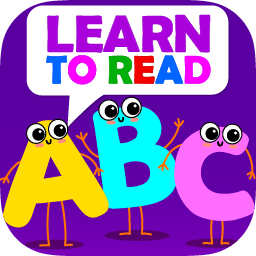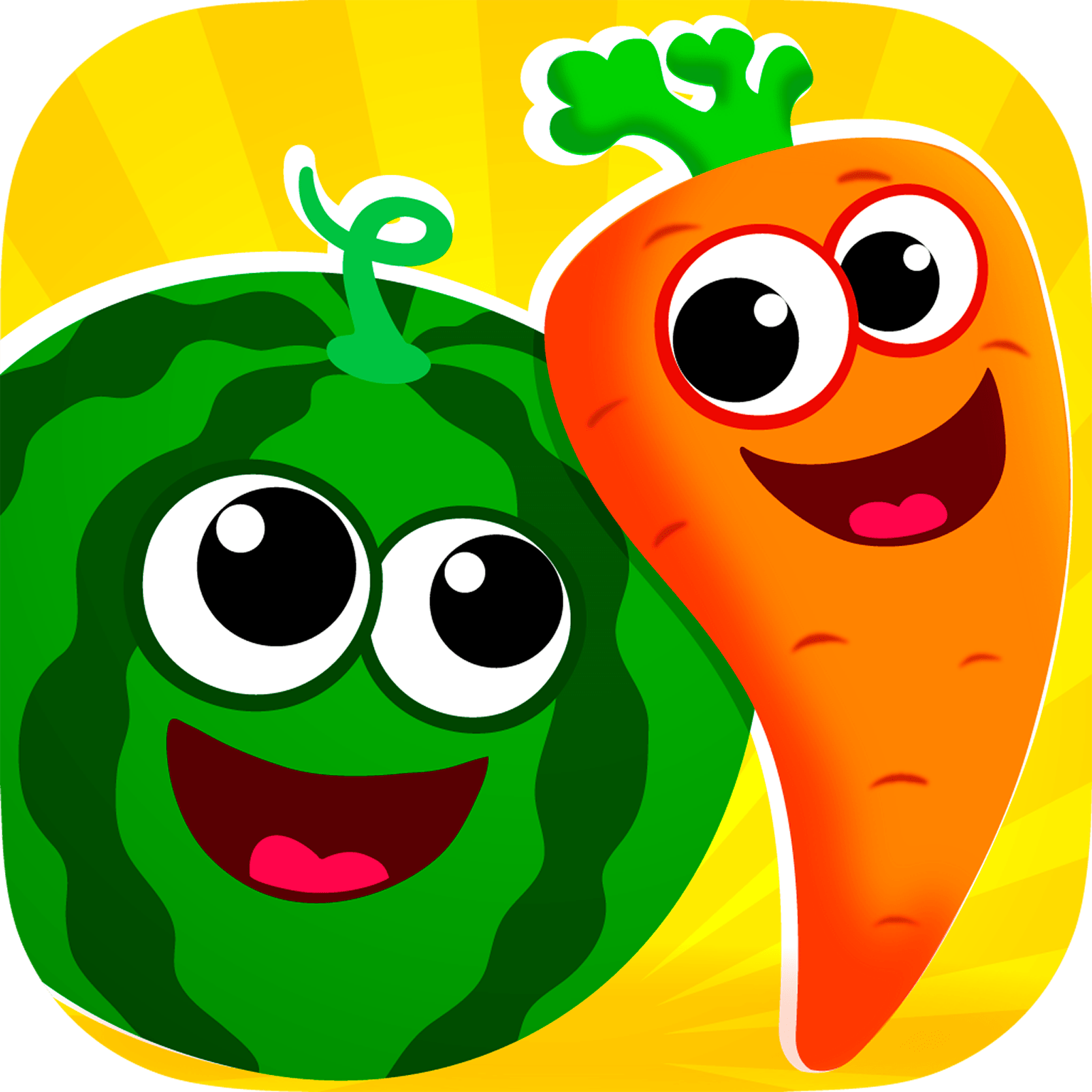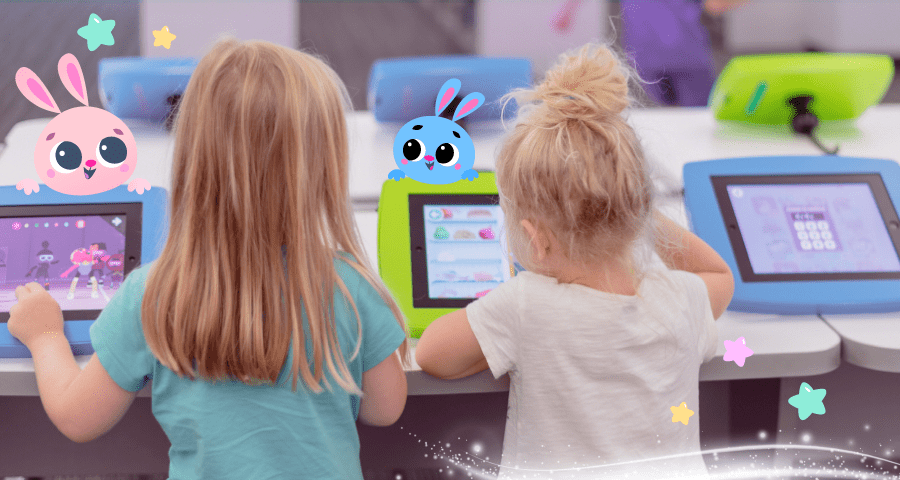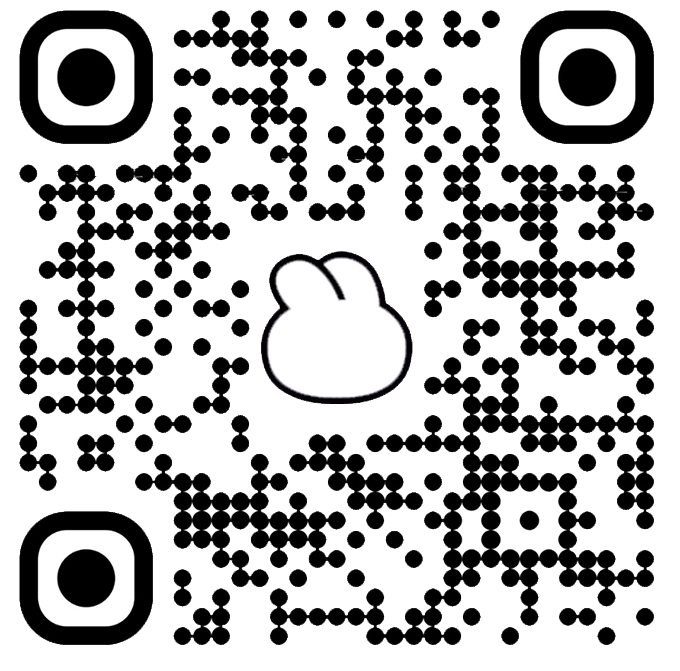Imagine your little one sitting with a book, struggling to read each word, sounding it out letter by letter. The pauses are long, the words don’t quite flow, and frustration builds up quickly. Meanwhile, you can pick up the same book and read it fluently without thinking. What makes the difference? Reading fluency.
Many parents notice that their children can recognize letters and even words but still struggle with reading fluency. By understanding what reading fluency is and providing the right support, you can build your child’s confidence and turn reading from a challenge into an enjoyable activity.
Reading Fluency Definition

Reading fluency is the ability to read text accurately, smoothly, and with expression. A fluent reader doesn’t just read words—they read them automatically, at a natural pace, and in a way that brings the story to life. Fluency bridges the gap between recognizing words and truly understanding a text, improving overall reading comprehension.
Children who struggle with fluency often read slowly, pause frequently, and have trouble with comprehension. On the other hand, when a child develops reading fluency, they can focus on the meaning of the book rather than the mechanics of reading.
What is Reading Fluency in Action:
-
-
- The Bedtime Story Comparison: You read your child’s favorite bedtime story with lots of rhythm and expression. Then, your little one takes a turn but reads it slowly and flatly, struggling with some words and missing the punctuation. That’s the difference fluency makes in reading.
“Storytime feels more like a struggle than a fun moment together.” - The Classroom Struggle: Your child has to read aloud in class, but they stumble over words while other kids read smoothly. Since they’re focused on figuring out each word, they might not understand the story as well.
“My child avoids reading in front of others because they’re afraid of making mistakes.” - The Grocery List Test: At the store, you hand your child a simple list: “milk, eggs, bread.” Instead of reading it easily, they pause and sound out each word like they’ve never seen it before. This could be a sign they need more fluency practice. “Even short, everyday words seem like a challenge for them.”
- The Bedtime Story Comparison: You read your child’s favorite bedtime story with lots of rhythm and expression. Then, your little one takes a turn but reads it slowly and flatly, struggling with some words and missing the punctuation. That’s the difference fluency makes in reading.
-
Key Reading Fluency Skills
To help your child become a great reader, they need to work on a few key skills:
-
-
- Accuracy Skill – Reading words correctly. For example, if they read “cat” instead of “bat,” they’re getting it right!
- Speed – Reading at a smooth, natural pace. For example, when they read “The dog runs,” it should flow without stopping at each word.
- Expression – Using the right tone and feeling. For example, when they read “Wow, that’s amazing!” they should sound excited or surprised!
- Comprehension – Understanding what they’re reading. For example, after a short story, they should be able to say, “What happened at the end?”
- Automaticity – Recognizing words right away. For example, they can read simple words like “the” or “is” without thinking about them.
-
How to Tell If Your Kid Has Reading Fluency Problems
Not sure if your child is struggling with fluency? Look for these signs:
-
-
- Reading is slow and effortful, with frequent pauses.
- They sound out words that should be familiar.
- They read without expression, ignoring punctuation.
- They avoid reading aloud or show frustration when doing so.
- After reading, they can’t explain the information from the text.
-
If these signs sound familiar, don’t worry—there are plenty of strategies to help!
Fluency Reading Boosting: 5 Fun Games for Your Kid
Here are five engaging games to improve your child’s reading fluency. Each game turns learning into play!
-
- Echo Reading – Read a sentence with expression, then have your little student “echo” it back. Example: “Let’s pretend we’re on an adventure! I’m the guide, and you’re the explorer. Listen to how I read, then copy me exactly—same speed, same excitement!” This helps develop fluency skills and builds confidence.
- Speed Challenge – Pick a simple passage and time how long it takes to read. Then, reread it and try to beat the time without making mistakes. Example: “Imagine you’re a race car! The goal isn’t just to go fast but to drive smoothly without crashing (making mistakes)!” This game encourages fluency at a comfortable reading level.
- Silly Voices – Read the same sentence in different silly voices (robot, monster, superhero) to encourage expression and oral fluency. Example: “Can you read this like a grumpy old pirate? How about a giggling fairy? Let’s try them all!”
- Reading in Daily Routines – Use everyday moments for reading practice, like reading a recipe while cooking or a menu at a restaurant. Example: “Tonight, you’re the ‘Official Menu Reader’ for the family! Read what’s on the menu in your best announcer voice.” This makes reading a natural part of the day and helps build automaticity.
- Partner Reading – Take turns reading every other sentence or page, modeling fluent reading while keeping them engaged. Example: “We’re reading this story together, like a team! I’ll do one part, then you take the next. Let’s make it sound amazing!” Partner reading is a great instructional strategy that helps children become more fluent readers.
Making Learning at Home Stress-Free

Reading practice should be fun, not frustrating. Here’s how to make it stress-free:
-
-
- Choose books at the right level. Too hard? They won’t be able to progress. Too easy? They won’t build new language skills.
- Make it a game. Use reading fluency activities to teach new skills in a fun and engaging way.
- Use audiobooks. Let them listen to fluent reading while following along in a book—it’s a great way to model proper pronunciation and expression.
- Praise progress. Celebrate even small improvements to boost confidence.
- Create a cozy reading space. A comfortable, inviting reading area encourages more reading time.
- Be patient. Fluency develops over time with consistent practice.
-
Support Your Kid’s Reading Success
Fluency isn’t just about reading quickly—it’s about reading smoothly, with understanding and confidence. The right fluency strategy and program can help children read fluently and enjoy books at their reading level. With daily reading practice, fun fluency activities, and supportive instruction, your child can develop strong fluency skills. At home, simple activities like reading together and practicing fun fluency games make a huge difference. So why not try making it a part of daily life? These activities give your child the chance to apply what they’ve learned in a comfortable, supportive environment. Just remember: every fluent reader started as a beginner, and every word they read brings them closer to success. And it all starts with you!










